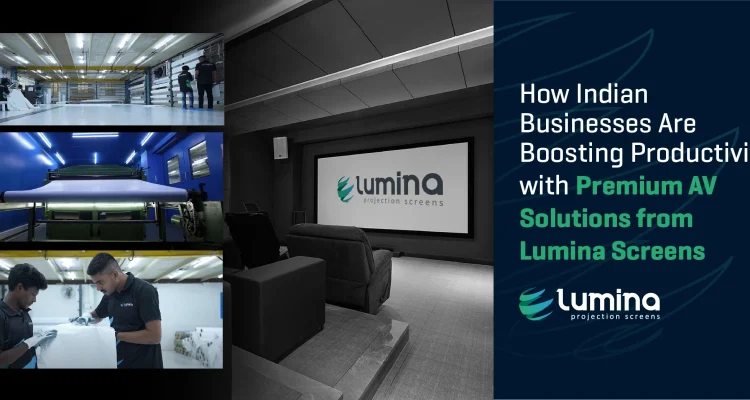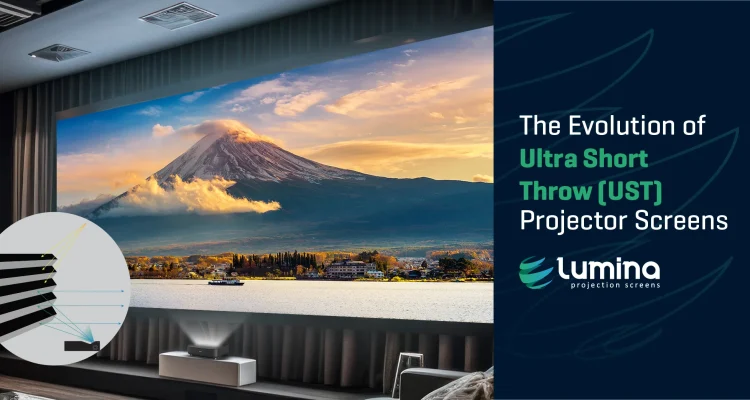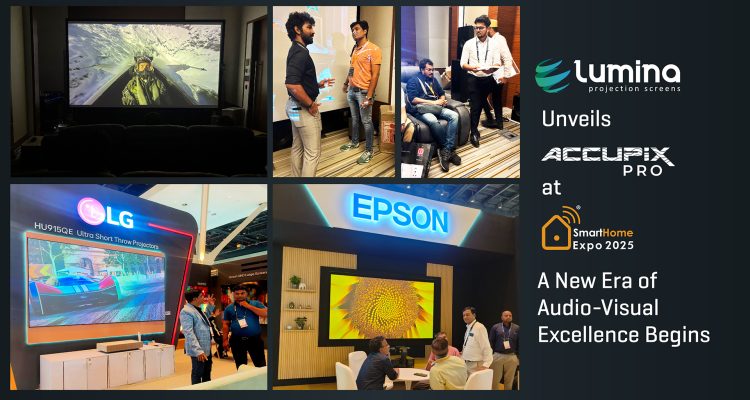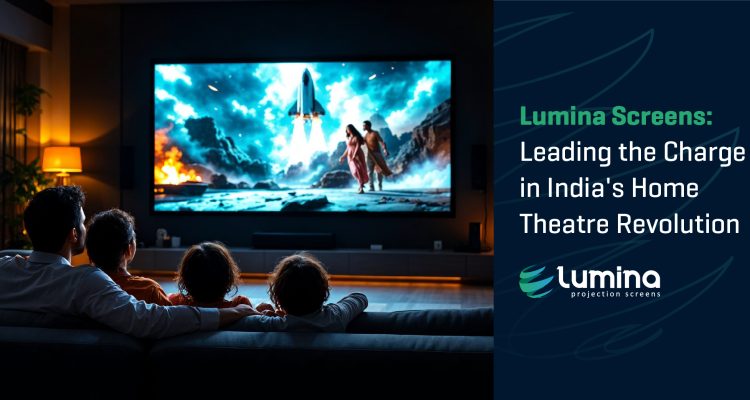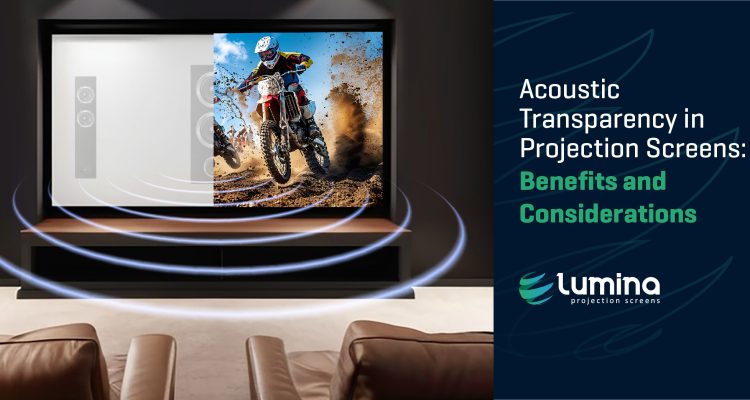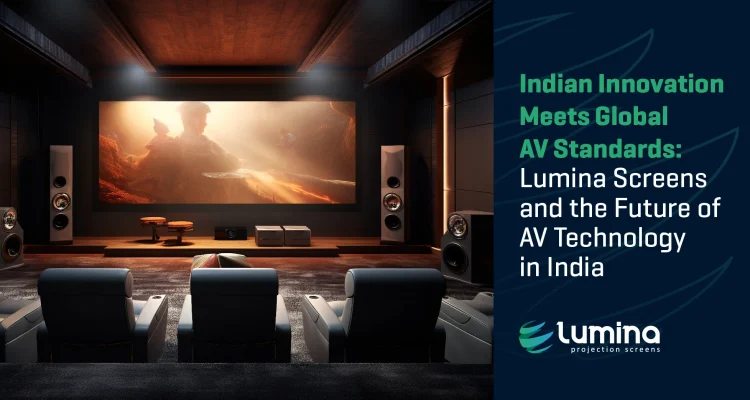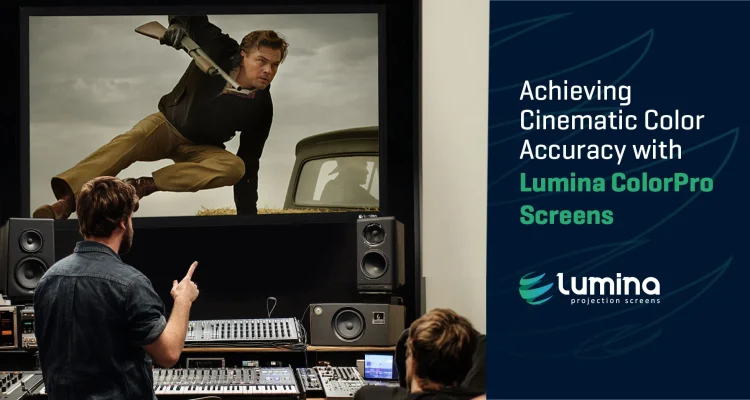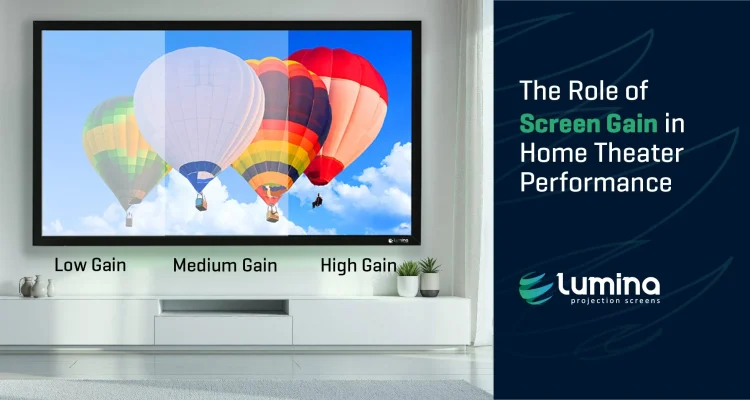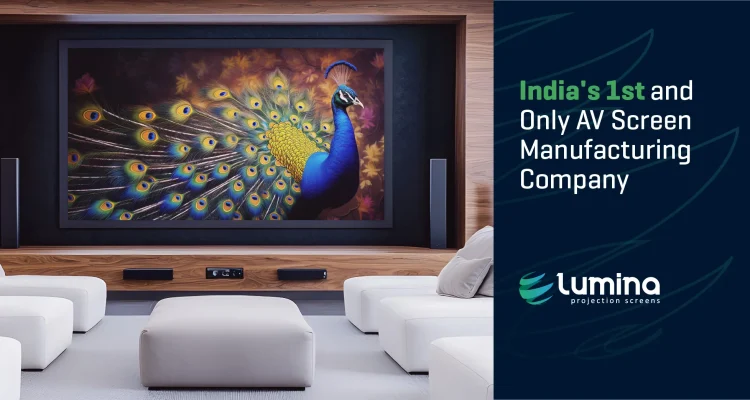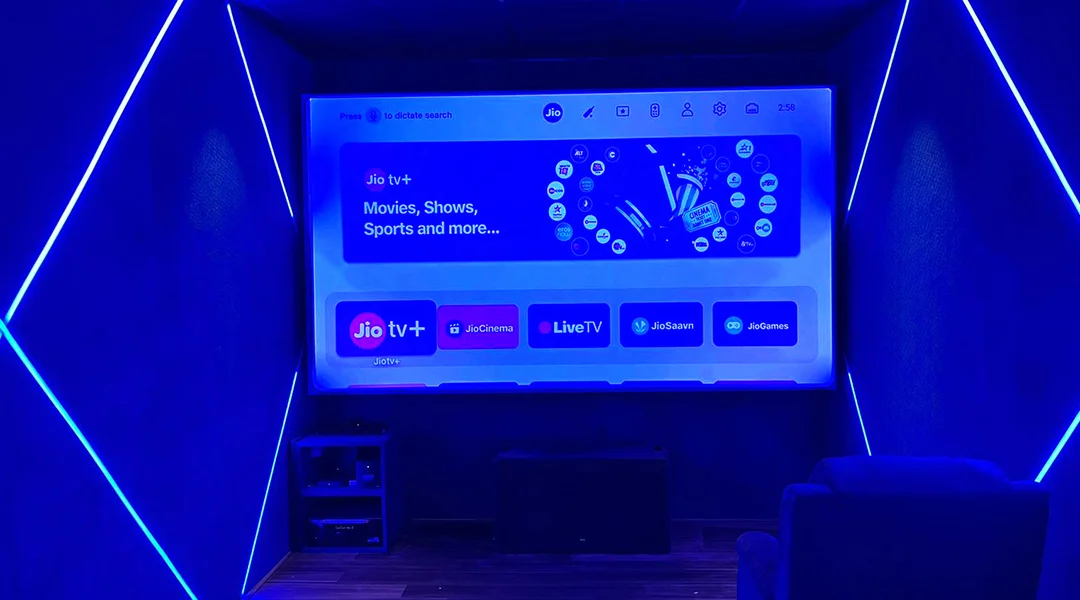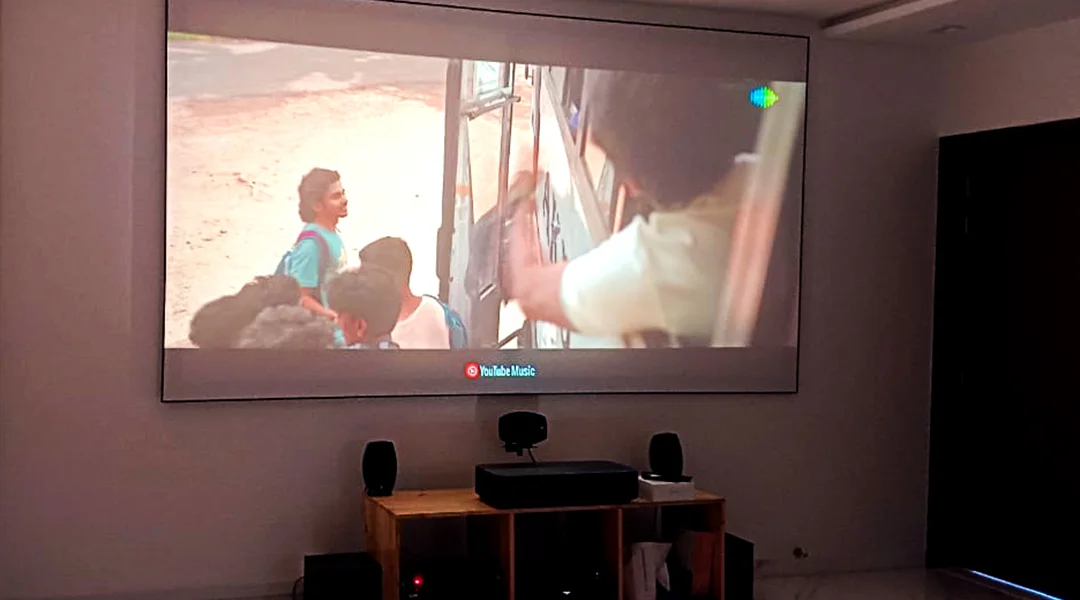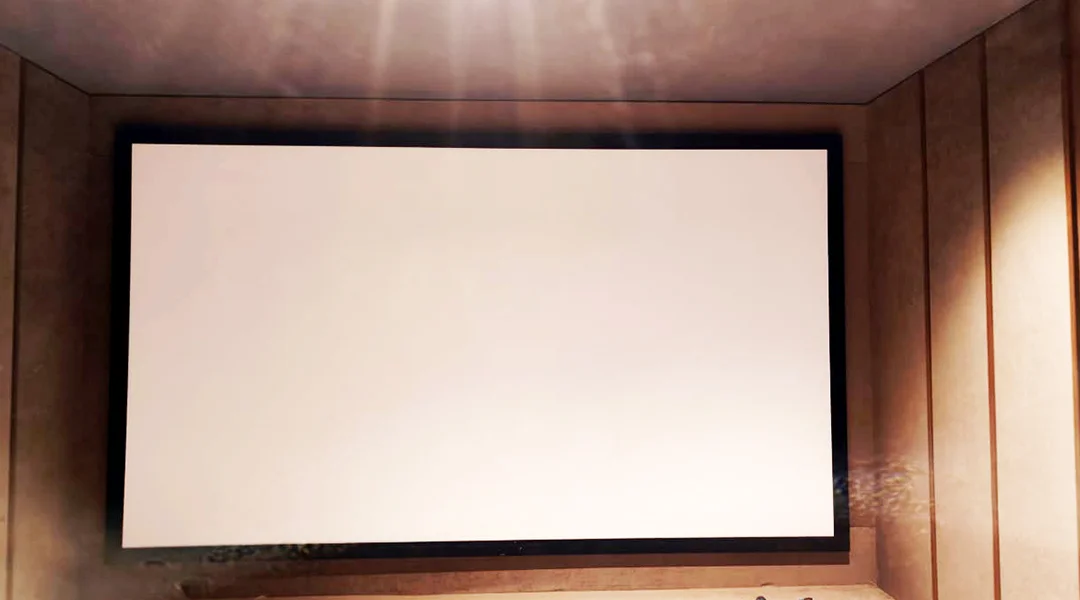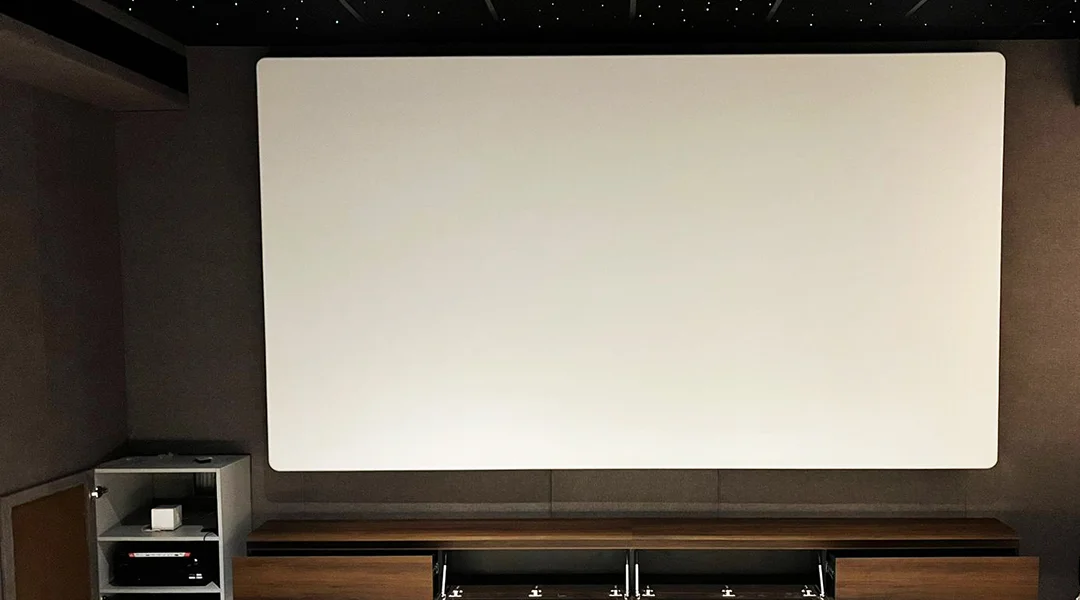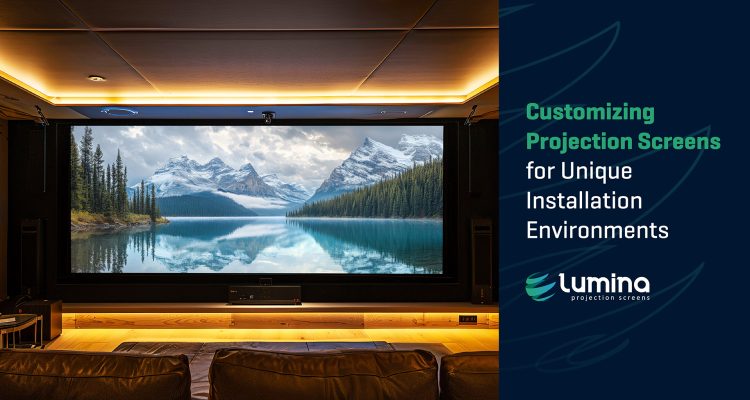
Customizing Projection Screens for Unique Installation Environments
When it comes to designing home theatres, auditoriums, or commercial AV setups, not all spaces follow conventional dimensions. Oddly shaped rooms, unconventional screen sizes, and unique viewing angles often pose challenges where standard projection screens simply don’t make the cut. That’s where the importance of customizable projection screens comes in—providing solutions that are tailor-made to fit the space and elevate the viewing experience.
Challenges in Unique Installation Environments
Every space is different. From slanted ceilings and narrow walls to ultra-wide viewing angles and limited throw distances, non-standard installations demand flexibility and precision. Some of the most common challenges include:
Irregular room dimensions that don’t align with standard screen sizes.
Architectural obstructions like beams, columns, or alcoves.
Need for ultra-large or ultra-small screens for very specific applications.
Multiple viewing zones requiring customized aspect ratios or curved screens.
In such scenarios, off-the-shelf screens can lead to compromised visuals, awkward placements, and an overall subpar experience.
Why Customization Matters
Customization is not just about aesthetics—it’s about performance, functionality, and user satisfaction. A custom projection screen offers:
- Perfect fit: Aligns exactly with the dimensions and design of the room.
- Optimized viewing experience: Ensures the screen complements the projector’s specifications and seating layout.
- Tailored material selection: Choose the right screen fabric for the room’s light conditions, projector type, and audio needs.
- Design freedom: Enables creative AV installations that match the unique vision of the client or space.
Real-World Examples of Custom Installs
At Lumina Screens, we have proudly delivered numerous custom screen solutions across India. Here are just a few examples:
A high-end luxury home theatre with a curved, acoustically transparent screen measuring over 200 inches to fit a uniquely angled media room.
A corporate auditorium with a non-standard aspect ratio screen for hybrid conferencing setups.
Each of these projects was successful due to the ability to customize not only the screen size but also the fabric type, gain, frame finish, and mounting solution.
Tips for Working with Manufacturers on Custom Projects
To make the most of a custom projection screen, collaboration with the screen manufacturer is essential. Here are a few tips for integrators, architects, and AV consultants:
- Share detailed site drawings and dimensions early in the planning phase.
- Communicate the projector model and throw distance to ensure optimal screen gain and compatibility.
- Discuss light conditions in the room to select the right screen material (ALR, UST, acoustic transparent, etc.).
- Be open about unique challenges (e.g., hidden speakers, wiring paths, ceiling drops) so the manufacturer can suggest suitable framing and mounting solutions.
- Collaborate for installation support – manufacturers like Lumina Screens offer guidance on installing complex custom setups.
Why Working with Lumina Screens Makes a Difference
At Lumina, customization is in our DNA. We understand that no two projects are the same, which is why we offer:
Flexible sizing and aspect ratios
Material customization across our ALR, UST, and Acoustic Transparent (Accupix) ranges
Quick turnaround and dedicated support for bespoke screen requests
By choosing to work directly with manufacturers like Lumina Screens, end customers benefit from expert insights, precise craftsmanship, and a hassle-free experience from concept to installation.
Conclusion
When designing a projection environment that stands out, standard solutions often fall short. With custom projection screens, you get a product that fits your space perfectly and performs exceptionally.
For AV professionals and enthusiasts alike, customization is the key to unlocking creativity, enhancing performance, and achieving true visual excellence. Looking to build a unique viewing experience? Partner with Lumina Screens for customized projection screen solutions that meet your space, your vision, and your standards.
- Date - June 20, 2025
